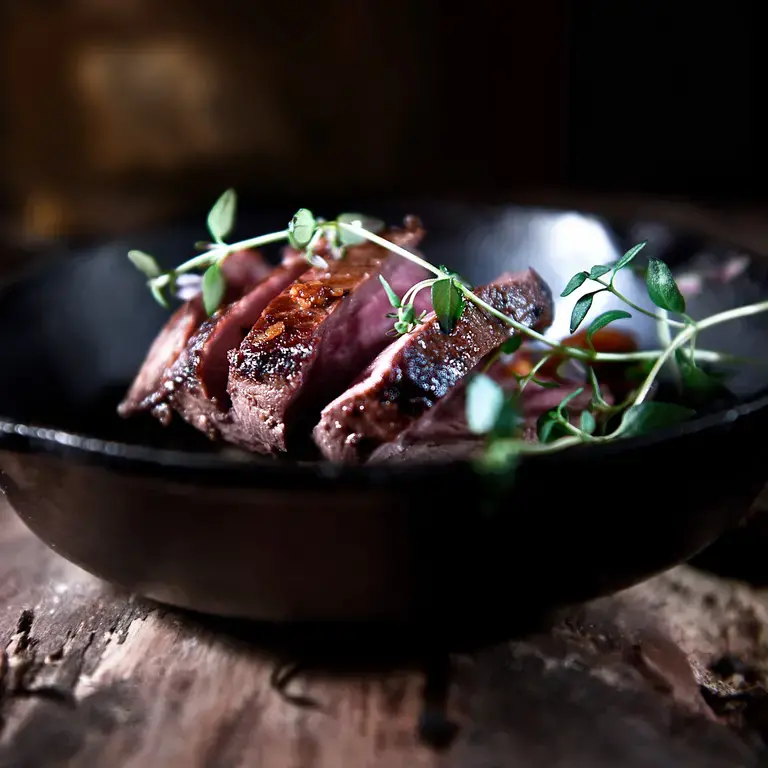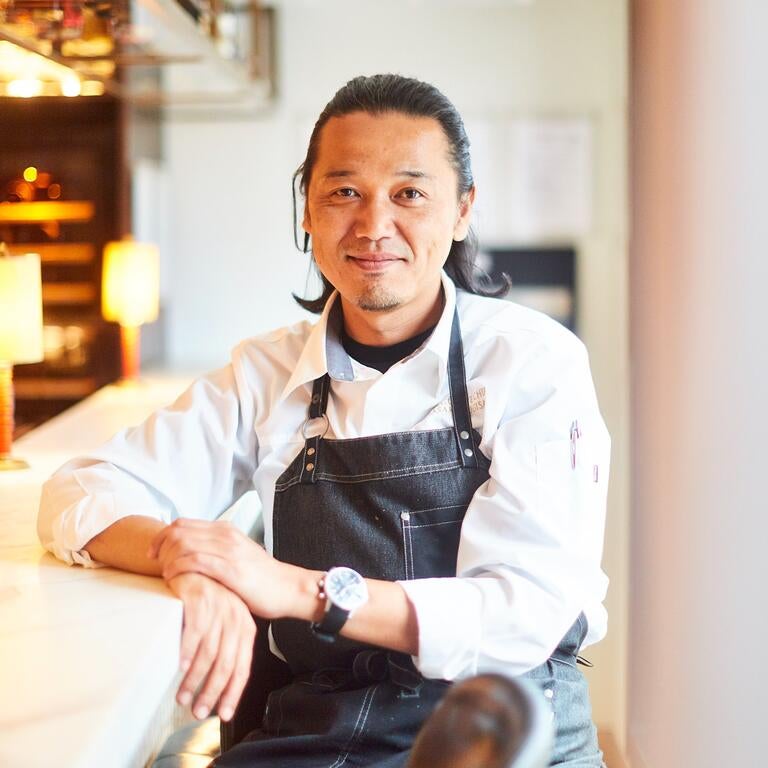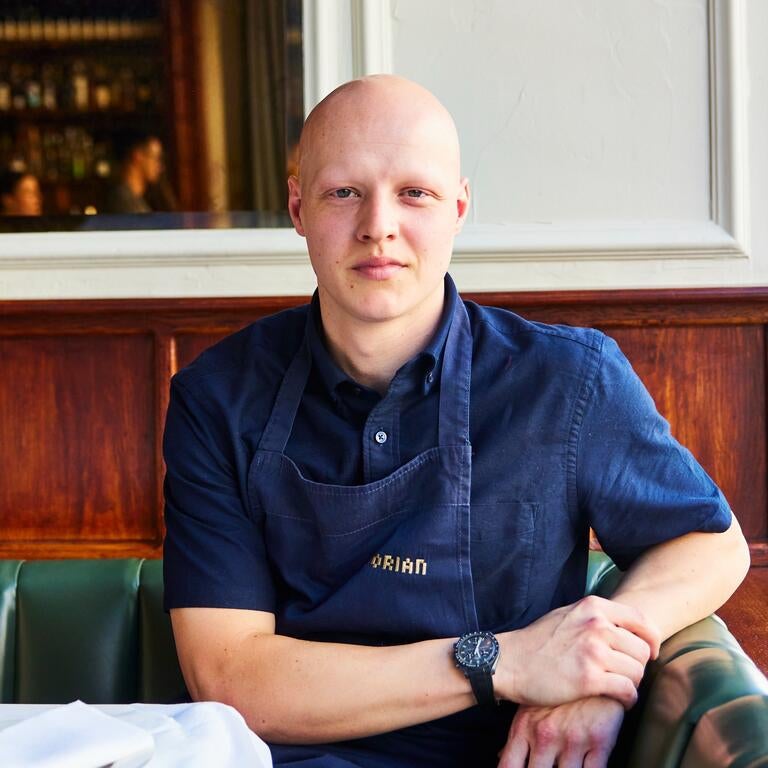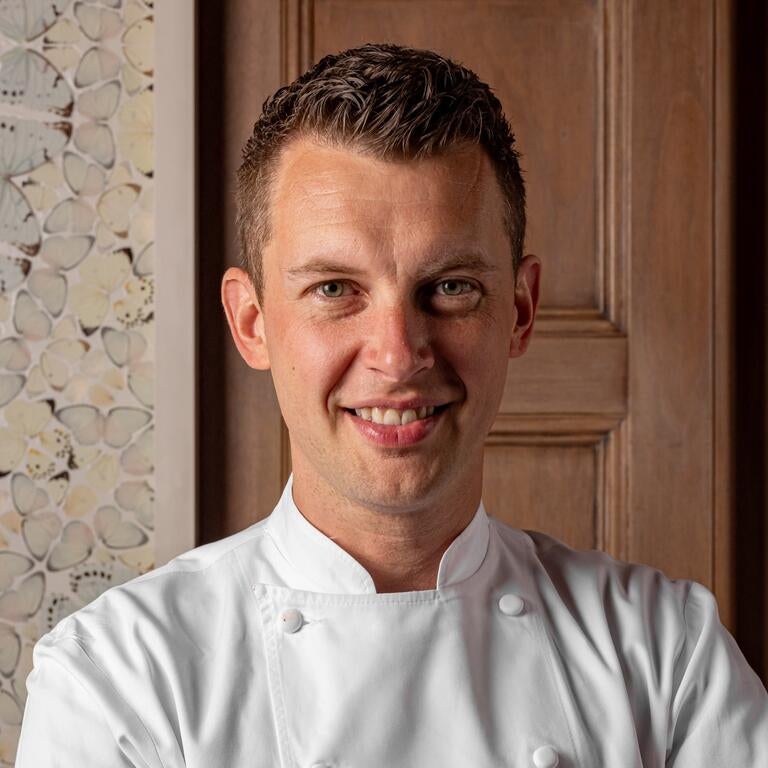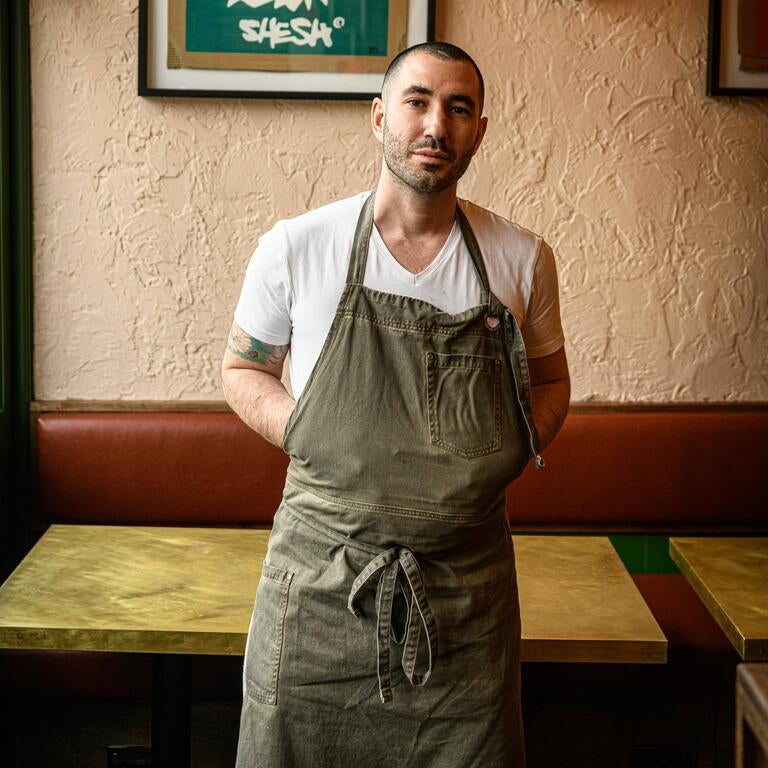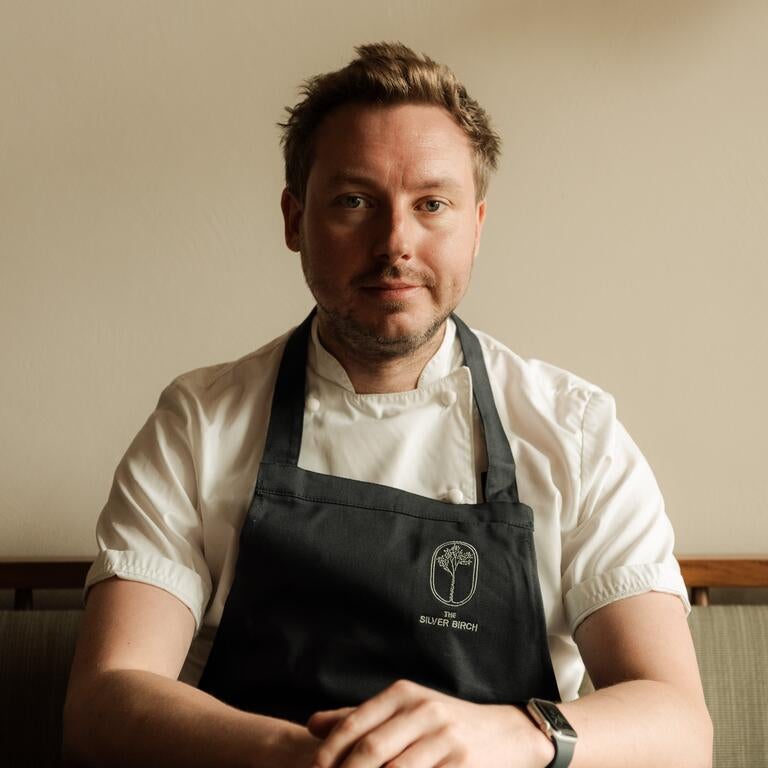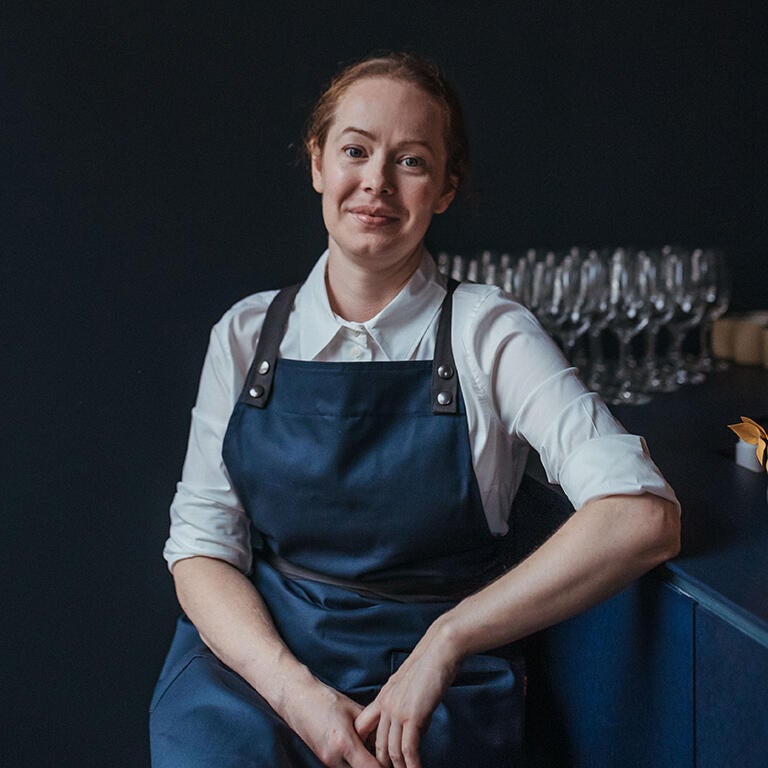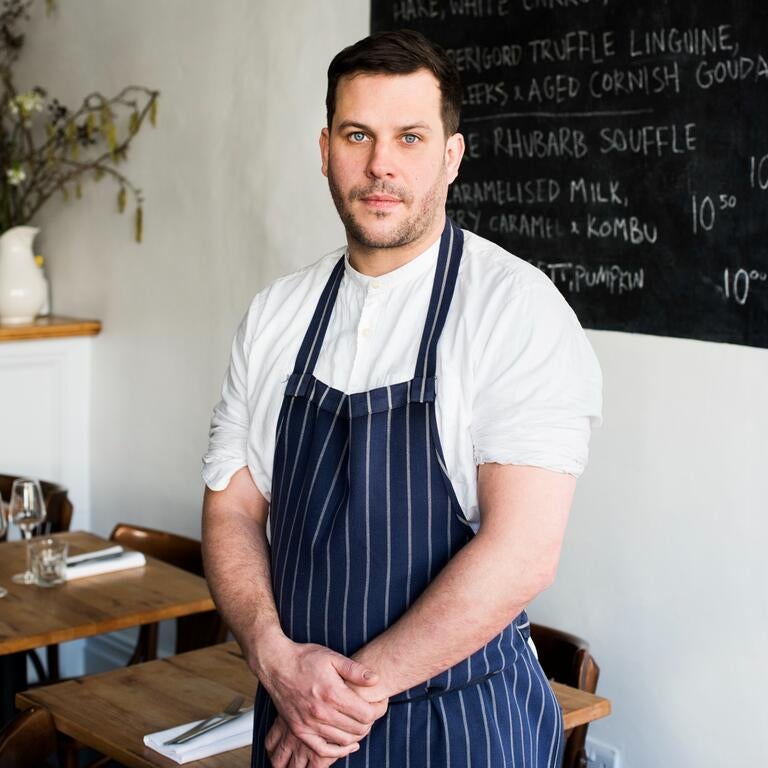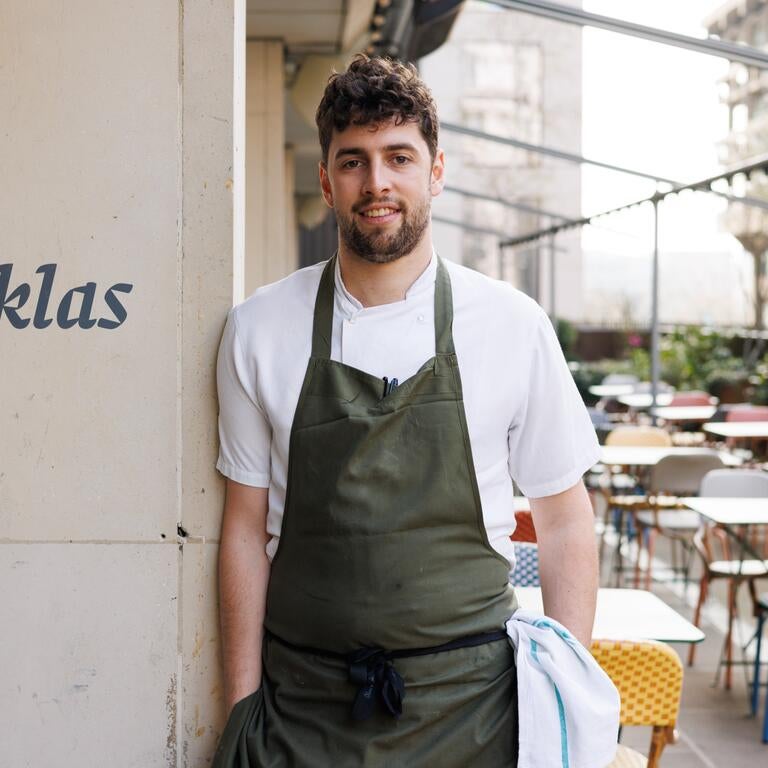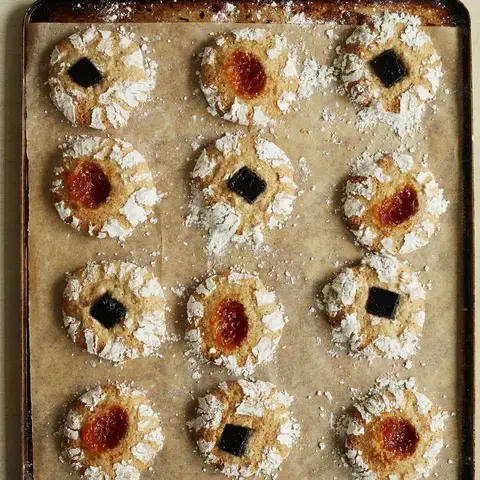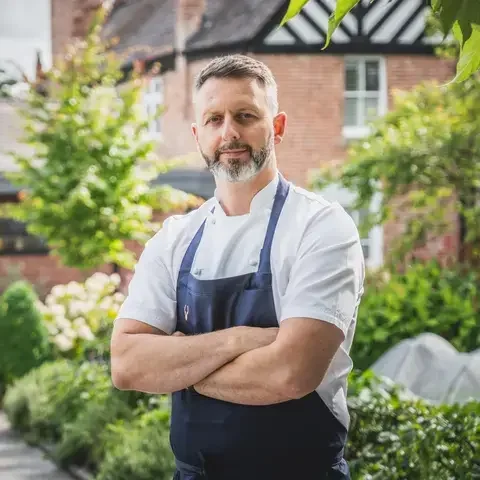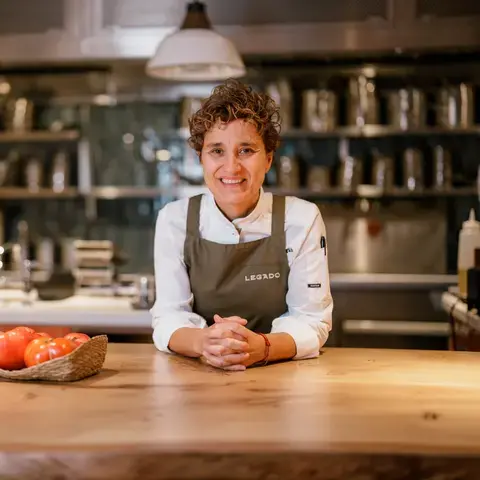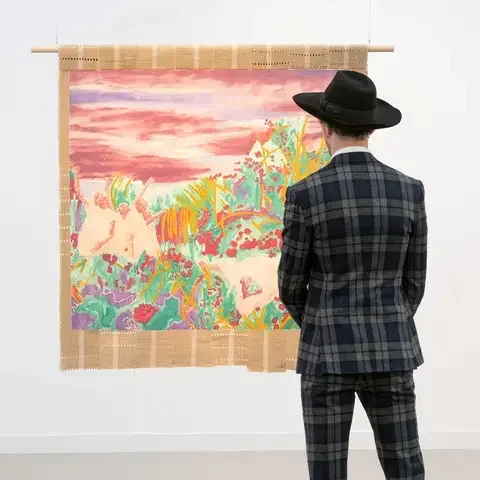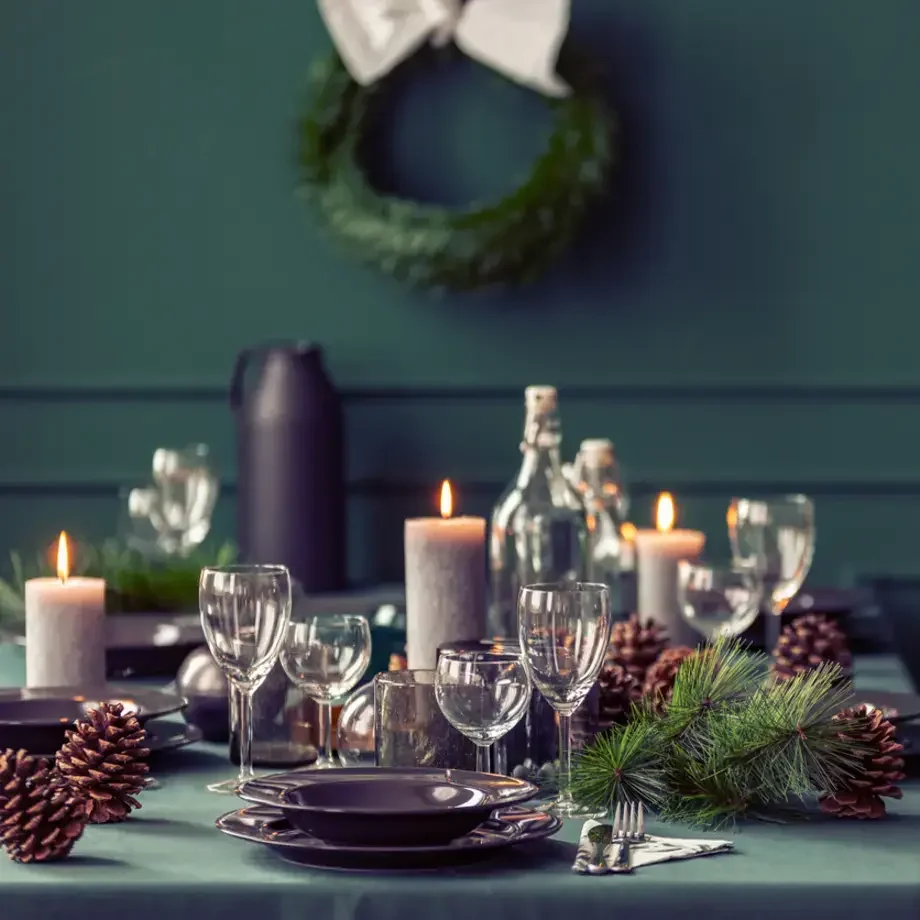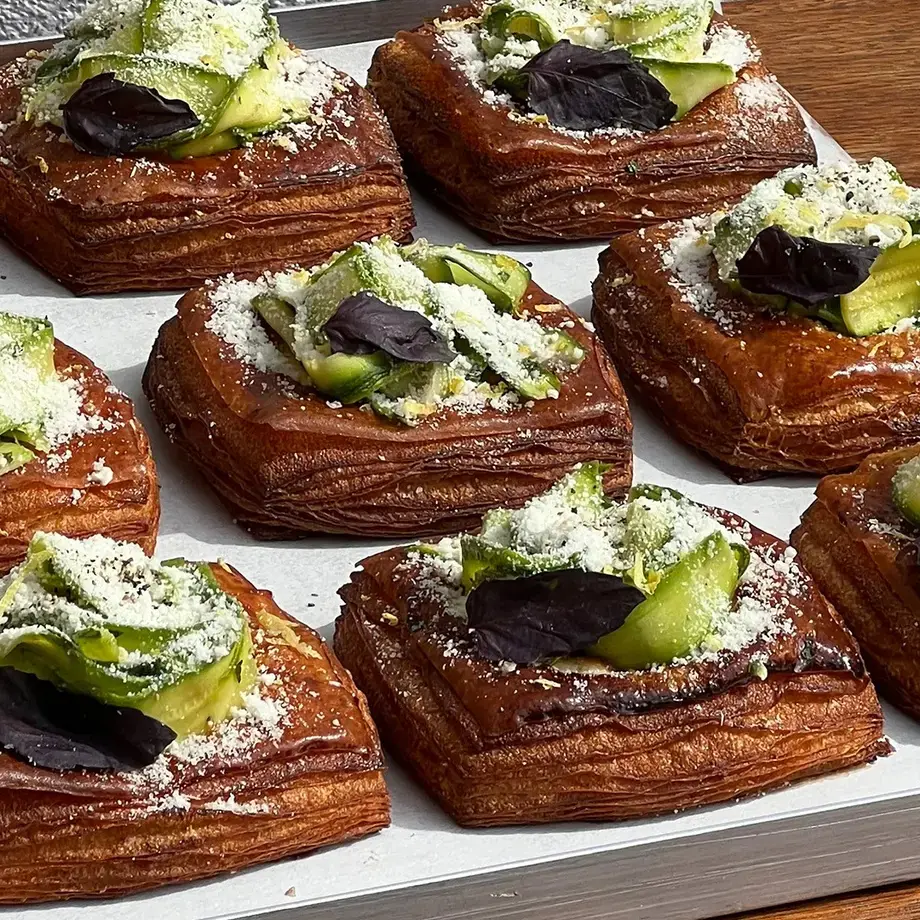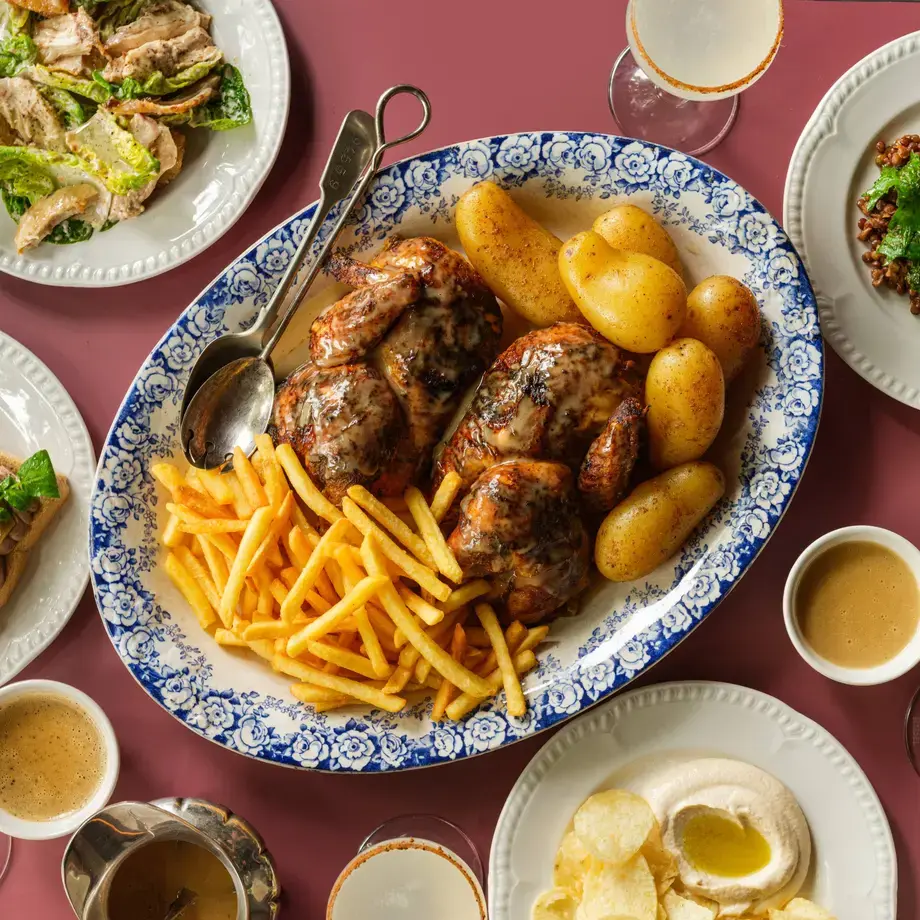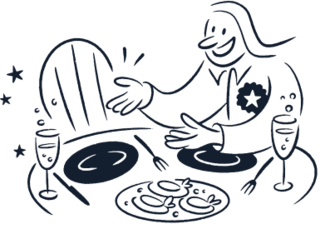With the UK game season underway, it’s time to demystify cooking game at home with tips from the UK’s best chefs. Whether it’s big game like venison, winged game like partridge or ground game like rabbit, cooking game can be intimidating for home cooks unfamiliar with preparing these beautiful meats.
What you’ll find, however, is that many principles for cooking a steak, for example, or roasting a bird can also be applied to game. When it comes to what to serve it with, you can loosely follow the rule of thumb of ‘what grows together goes together’ by choosing accompaniments from the animals’ natural environments.
Our chefs have their own takes on the best way to cook game at home; sometimes they disagree, so we suggest experimenting to find out what works best for you.
